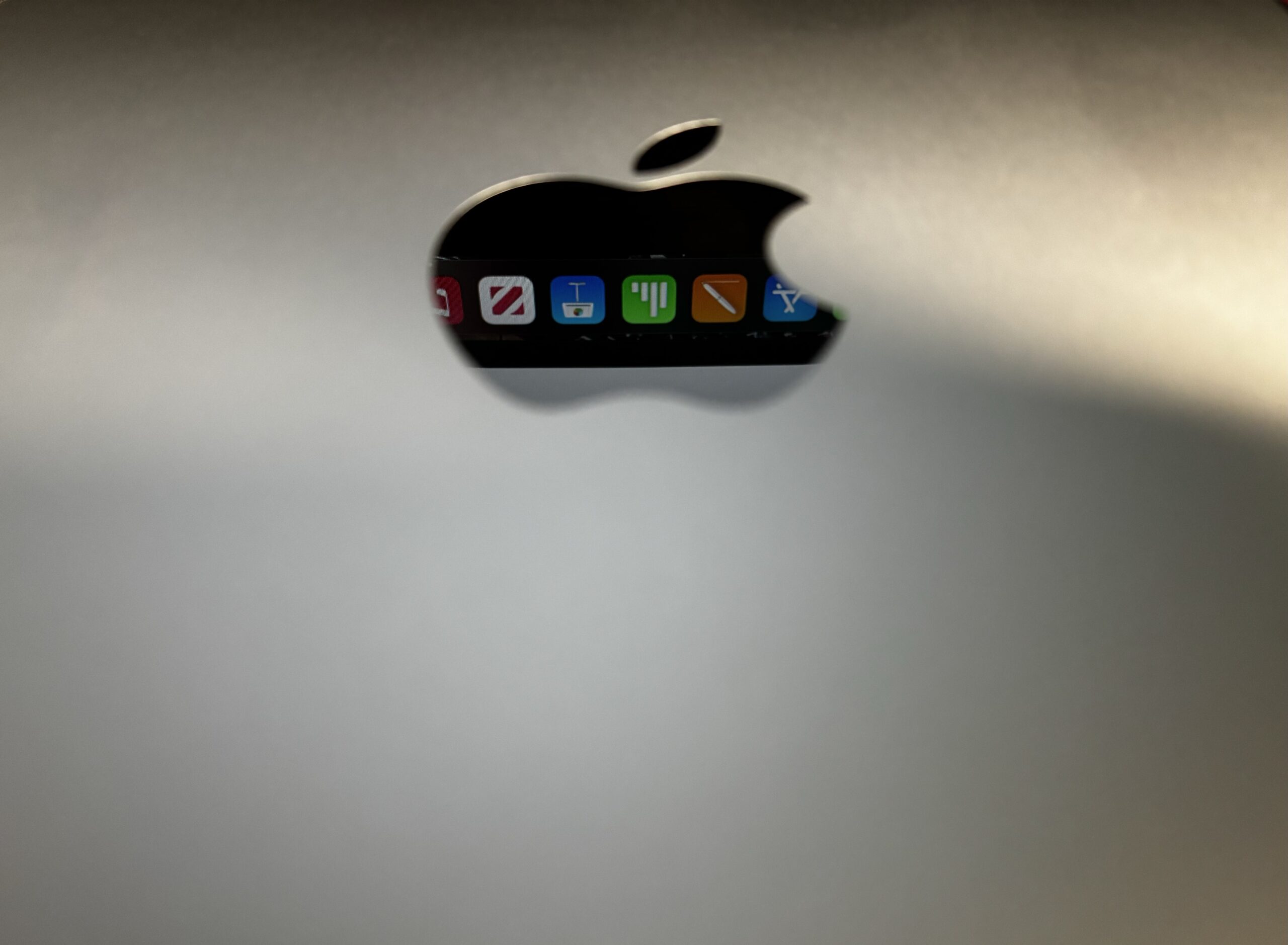Picture this: you are working on a class project, and are really passionate about the topic you are covering. Whether the project is a portfolio for photography class or a speech about contaminated lemons in local restaurants, you are really in the groove of things. Just when you get to the big finish, you have a brain fart.
We all get writer’s block. The next time that happens think about what is happening in our environment. Odds are the TV is on low volume, your stereo is playing the latest Drake CD, Twitter is up on the next tab, and you are texting. Is all the background noise disturbing us? Is the infamous writer’s block naturally occurring? Is all of the technology helping our creative juices flow, or is it damming them?
Most are willing to bet that the technology is a distraction. Even now the TV and stereo are on as I am writing this article. Chicago Tribune’s Eleanor Randolph writes that these are symptoms of “Sesame Street Syndrome” and that was back in 1989.
Randolph goes on to state: “Their attention span dwindles… Rather than trying to extend this attention span, marketers… have tried to give more punch in fewer seconds.” In other words, the mediums created by technology have conditionedour minds to pick up highlighted bits of information, with ease, in as little time as possible.
With so much highlighted information being processed in as little time as possible, how do we react? Imagine that your mind is a car. Instead of warming the car up on a chilly December morning, you put the car in second gear, pop the clutch and get going. Eventually you are going to strip the clutch.
I’m going to put the previous simile in layman’s terms for those who do not drive a stick. Over a long period of time, all that stress being exerted on your mind by rapidly interpreting constant, quick influxes of information, will cause you to burn yourself out. Think about it: creativity stems from the imagination. It is hard to be creative if we wake up already on overload.
How much information exactly are we processing daily? The Telegraph’s Murray Wardrop answers “that our daily word intake is equivalent to 34 gigabytes of information — enough to overload the typical laptop within a week.”That approximation does not even take into account the verbal communication we process throughout the day.
No wonder so many of us are being diagnosed with ADD and ADHD in the public school system. Most of us know somebody who was treated for one of those disorders. Many will argue that this is not a coincidence.
That is just the price that comes with the convenience of the Digital Age. Speak of the devil, my writer’s block is about to set in; let’s take five.
That leads us to the perfect segue. Just by taking a break we can make our creative juices flow like the Nile River. Just by turning off our cell phones, the TV or whatever other distractions surround us, we can filter out all the worthless data uploaded by our brains. More peace and quiet leads to clearer thoughts and increased creativity.
Speaking of peace and quiet, meditation is a perfect remedy for writers’ block. The Mayo Clinic informs us: “When you meditate, you clear away the information overload that builds up every day and contributes to your stress.”The best part is that meditation is free. Just dedicate as little as 15 minutes. Encourage your friends to join in too.
With all the troubles and tediousness of academic life, students are prone to be mentally overloaded. Something as simple as a few moments of peace and quiet will help us to collect our thoughts. It can also allow us to look at our daily obstacles with a new outlook, i.e. being creative!
I know sometimes silence can leave us a little unsettled, but we need to be comfortable in it. We all have catchy tunes and advertisement jingles stuck in our heads. So in order to get that extra creative boost, take a break from all the noise that technology creates.
Brandon White, Junior
Communication Major

